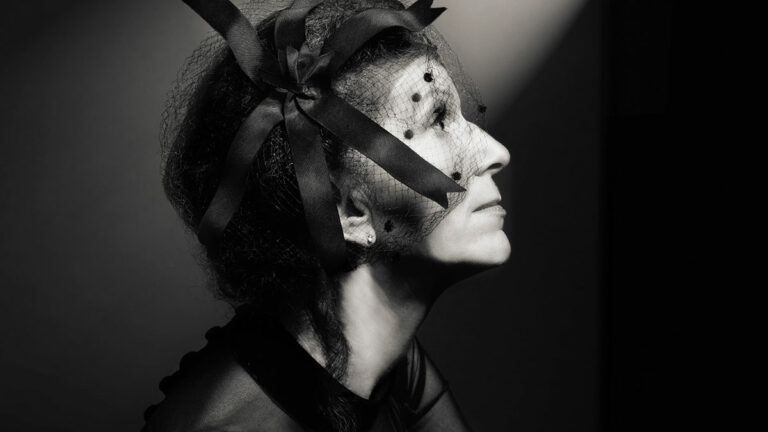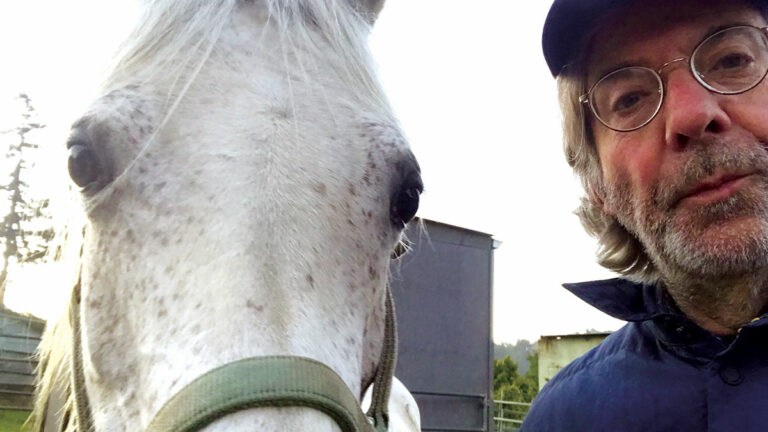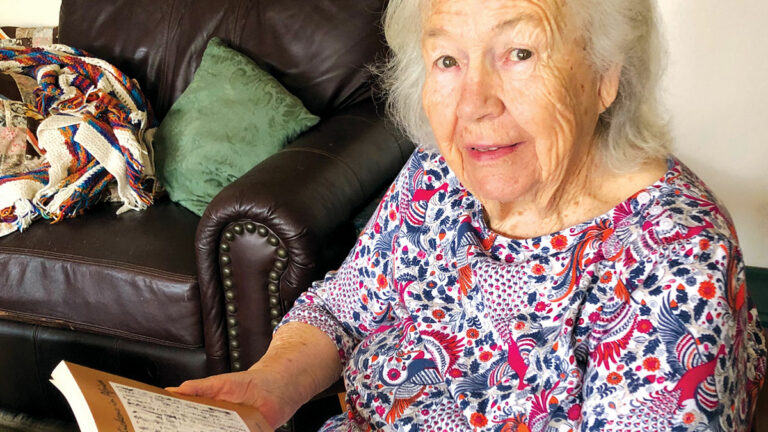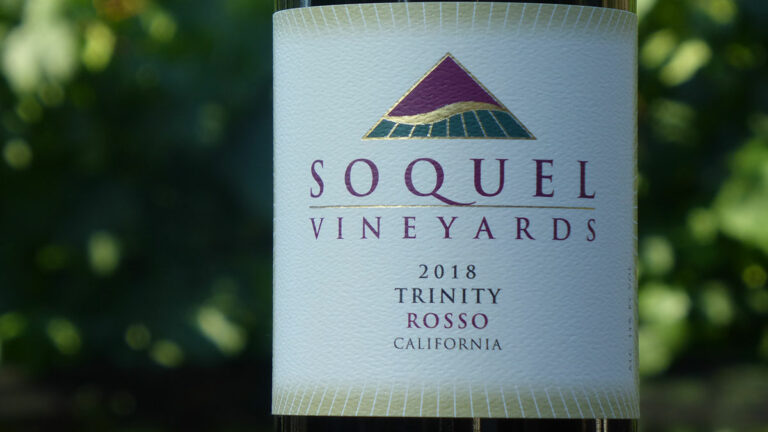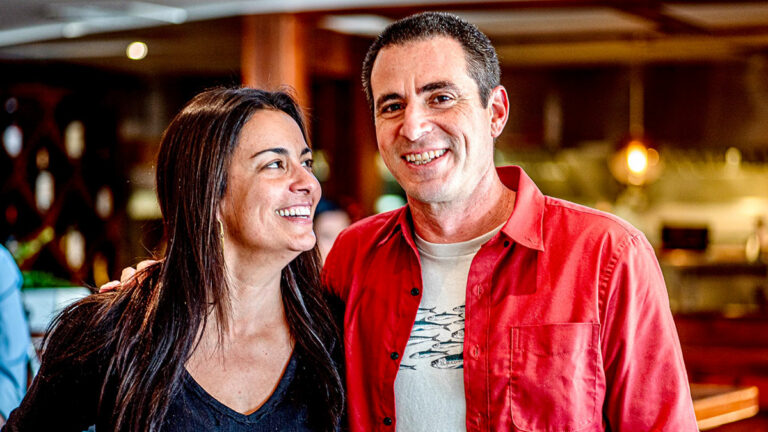Daniel Ek wasn’t born until a dozen years after The Who released the rock anthem “Won’t Get Fooled Again.” But at the end of July, when the Swedish-born billionaire and Spotify CEO—Billboard’s pick for the music industry’s most powerful individual—spoke to the media about Spotify’s robust Covid-era growth, the music world rattled with the song’s most immortal line: “Meet the new boss, same as the old boss.”
In his remarks, Ek essentially said that musical artists are just going to have to adapt to the world of streaming and the stark economic realities that Spotify created. In remarks to the website Music Ally, Ek said that artists can no longer “record music once every three or four years and expect that’s going to be enough.” He said that those successful in streaming are those “putting the work in, about the storytelling around the album, and about keeping up a continuous dialogue with your fans.” He cited Taylor Swift, the recording industry’s 800-pound gorilla, as an example of how to succeed in the streaming age.
Ek’s viewpoint didn’t go over well among musicians. “Everyone realized that this guy had no clue about artists and about how people actually value music,” says Allen Clapp, frontman of the veteran indie band the Orange Peels, which is now based out of Boulder Creek. “He’s just an engineer who wants to make as much money as he can.”
The music industry is rife with anecdotes of puny revenues generated by streaming. The rapper known as Sammus, for instance, earned a little more than $6 for 14,000 streams of his song “Weirdo.” Rosanne Cash—daughter of country music legend Johnny Cash, and a star performer in her own right—attracted 600,000 streams of one album, for which she was paid $104.
These figures are included in a new book with the lapel-grabbing title The Death of the Artist: How Creators Are Struggling to Survive in the Age of Billionaires and Big Tech, by William Deresiewicz. Ek’s remarks could have indeed served as a kind of publicity campaign for Deresiewicz’s book, a big-picture narrative drawn from interviews of about 140 artists across a variety of artforms that attempts to map out the daunting prospects for making a living as a creative artist in today’s tech-dominated world.
The book’s overarching argument is that although artists have always struggled to build viable careers and have always been exploited by moneyed elites, the economic muscle of Big Tech has gutted the middle class of artists, destroyed once-stable careers and created an ecosystem that has driven the price of creative work to close to zero.
The world of the arts, in other words, reflects the larger culture of the mainstream when it comes to increasingly extreme inequality. But, says Deresiewicz, the numbers are even more grotesque.
“We think of the 1% getting about 23% of all income,” he says. “In music, closer to 80% of all revenue goes to the top 1%.” (In fact, 2014 statistics from the research firm MIDiA reveal that 77% of all recorded music income goes to the top 1% of performers).
The Death of the Artist examines four realms of the arts—music, writing, visual arts and film/television—and concludes that the mid-list author, the full-time indie musician and the moderately successful artist are all being pushed into extinction. The starving artist is making an unwelcome comeback.
There are, says Deresiewicz, two narratives fighting for dominance when it comes to the life of the artist in the 21st century.“One comes from the industry that’s given us all these developments, Silicon Valley,” he says. “And that argument is: ‘There’s never been a better time to be an artist. Because of the internet, you can go directly to the audience. You don’t have to ask for permission or deal with gatekeepers. You can put your stuff out there and make an immediate connection with your audience, which you can then use to monetize that connection and make a living.’ I don’t disagree with any of that. It’s just not the whole story. And what you’re hearing from artists, writers, musicians, filmmakers, is yes, you can put your stuff out there online, but it’s going to be very difficult to get anyone to pay you for it.”
Peeling Back the Years
The Orange Peels have been around long enough to know how the music industry used to be. Back in the 1990s, when the band first started, “labels and music publishers used to act as a bank,” says Clapp. “They would basically invest money in you.”
The good news was that a band with no resources could depend solely on their talent and market potential and the label would do the work of manufacturing, distributing and publicity. The bad news was that bands, even popular ones with albums on the charts and songs on the radio, often would not see any profits until they had earned back their investment.
In the late ’90s, the rise of the file-sharing service Napster changed everything by undermining labels’ ability to sell music the way they had before. Eventually, that meant artists had to take on new responsibilities. When the digital mp3 began to rival the CD, record sales became an unreliable means to making a living for many mid-level musicians.
“We’ve never really made a living off of record sales,” says Clapp, “though occasionally, we’ve made a living on the music.” He is referring to three separate incidents in which the band was able to license its music to advertisers and corporate sponsors (including an instrumental song for the 2002 Olympic Games). “Licensing is great,” he says, “but it’s not repeatable. You can’t predict it. The right song gets heard by the right person at the right time, and the stars align.”
Building a large fan base online is possible, though the nature of the internet often makes it impractical to capitalize on that popularity. “Our audience has been international from day one,” says Clapp, “which means they’re scattered across the globe. If we had a single hotbed of people who love us, we’d always go there.”
Veteran South Bay musician/writer Eric Victorino, frontman for both Strata and The Limousines, says that professional musicians are constantly pushing against stereotypes that they’re living a gilded rock-star lifestyle.
“I’m always tripped out by the assumption that people have that if you’re standing on a stage, you must be rich. I come from a world where in lots of bands, the guys on stage are making less money than the guys handing them their guitars or driving their buses.”
Victorino stresses that while the economic model pre-Napster was terrible in its own right—“indentured servitude,” he calls it—it did present a kind of filtration system by which good musicians could rise according to their talents.
Today, he says, labels have given up many of the jobs they used to do, including promotion, merchandising and career development, yet they still exploit the musician’s desire to “get signed.”
“There’s a myth you’re sold as a young artist that you’re not really good until you sign with a label. Even though it’s really hard to even answer the question, ‘Well, what does a label do?’ there’s still this glamour attached to getting signed that it doesn’t deserve.”
In his book, Deresiewicz asserts that streaming emerged as a kind of “protection racket: if the labels didn’t make their music available for free, people would just steal it anyway.”
“It’s not that people don’t want to pay for stuff online,” says Marc Zegans, a creative development advisor for professional artists based in Santa Cruz. “It’s that they won’t if they don’t have to. That distinction is important. The early theory that content would be king went out the window, because content became disposable and rewarding only for the people setting up the channels and the portals.”
“Streaming is the next evolution to make music smaller and more convenient for people,” says Clapp. “Streaming has turned music into a utility. It’s like a faucet in everyone’s house. You turn it on and the entire collected musical history of the world comes out. It’s become so convenient that I worry whether people even value it anymore.”
Goodbye to the Mid-list
The literary world has experienced a similar capsizing of its economic model. Twenty years ago, Oakland-based writer Constance Hale had achieved a moderate level of success as a mid-list author, having released two well-received and popular books on language and usage, Wired Style and Sin and Syntax. But in 2013, she says, she had a “moment of crisis” when she realized that her career, despite its successes, was being destroyed by the publishing industry’s new dynamic.
In the late ’90s, she received a $125,000 advance to write Syntax, which sold well in the following years, enough to justify that investment. “That’s a middle-class living wage for a writer,” she says, noting it took her about two years to write the book and she had to pay her 15% agent fee from the advance as well. “So I thought, ‘Great, this is my new career.’”
A decade later, her publisher approached her to write another book on language. This one got an advance that was less than half of her previous advance. When the book was released, the publisher marketed it indifferently, and predictably, it failed to sell much.
At the same time, Hale scored another career pinnacle when the New York Times asked her to write a series of articles on writing. The Times contract called on her to write eight columns at 1,200 words a piece. In return, she was offered $150 per column for what she determined was about four days of work per piece.
“I called the editor and said, ‘Hey, is there a zero missing here?’” she says. “This was the New York Times, the most prestigious assignment of my writing life, and I was getting paid 30 cents a word, less than I had been paid in 20 years.”
When it comes to book publishing, Deresiewicz says that there is only one player that matters, that company named after a South American river.
“In music, you still have a few different actors: Spotify, Apple and YouTube, which is Google,” he says. “In book publishing, there’s only one: Amazon, which now controls about two-thirds of the book industry. When there’s only one purchaser in a market, that’s not a monopoly. That’s called a ‘monopsony.’ And when you can only sell your stuff to one person, they’re not your customer. They’re your boss.”
“A lot of writers who are successful have lawyer husbands or trust funds,” says Constance Hale. “The truth is, if you really ask around and look under the hood, a lot of writers have alternate means. They don’t need the big advances. They can hire a top publicist to get a lot of attention, can throw a fancy book party and can buy a whole bunch of copies of their own book to spike their numbers. You can buy a degree of success in the book world.”
The current economic paradigm can work quite well for certain personality types. Artists who are naturally entrepreneurial or extroverted, with exceptional organizational skills, who enjoy the social-media sphere, have big advantages. Consultant Marc Zegans, who is also a published poet himself, says this “law of the jungle” atmosphere comes at a great price both to those who aren’t inclined to it and to the culture at large.
“Some of the people who are going to contribute the most to our culture and in the most valuable ways are highly sensitive, or withdrawing, or introverted,” Zegans says. “But they have really original perspectives, great talent and devotion to technique at the highest level. And they shouldn’t be assaulted for their natures when their natures are the source of their finest contributions.”
Doubling Down
The exception that proves the rule, says Deresiewicz, is television, where artists are creating strong and vital art, and generally getting paid what they’re worth. “The reason television is flourishing, and the reason that people who work in television are at least doing OK, is because we pay for it (through subscription services like Netflix and Hulu).”
But the Golden Age of Television is as subject to market forces as anything else, and there are more players looking to get in the streaming game. Just this year, Disney introduced Disney+ and NBC debuted Peacock.
“The services are out there fighting tooth and nail for share,” says Zegans. “Eventually, share is going to be consolidated among a smaller number of players and then one would expect the investment (in programming) to drop. So you see in the entertainment industry cycles of ‘let a thousand flowers bloom’ followed by economic consolidation. I imagine that will happen in television as well.”
“If someone figures out how to do to television what Napster did to music,” says Deresiewicz, “this Golden Age we’re living through right now will disappear in an instant. Maybe then people will realize what’s really going on.”
In The Death of the Artist, Deresiewicz stresses that the roles artists have been assigned in society have changed radically over the years.
“We have these ideas about art and artists that we think are eternal—like ‘Artists speak truth to power,’” he says. “That’s not true. The image we have of the artist is a product of the 17th and 18th century, the beginning of the period we know as modernity. Art has always played an important role in articulating new truths, leading us to new stages, new recognitions in society. It’s all wonderful. But it’s important to know that this comes from a historically specific moment.”
Of the four artistic arenas that Deresiewicz covers in The Death of the Artist, that of the filmmaker/videographer is most tied to digital technology.
Santa Cruz filmmaker Denise Gallant got her start making music videos in the heady days of the early 1980s in Los Angeles and was a pioneer in the use of digital video effects. She built a successful career, she says, because she not only pursued her artistic passions, but she kept deeply engaged with technology as it transformed her industry.
“If you knew the technology, you could survive doing the art, too,” she says. For filmmakers, today’s world has a lot of advantages in terms of distribution and production—Gallant says back in the ’80s, she spent as much on a video editing deck as she did on the purchase of a new car. She now shoots video for real-estate agents and winemakers, but “I certainly wouldn’t know how to make money these days in the new world. The ’90s worked out pretty well for my generation. But once that ended, the party was over. You better have saved and bought your house by that point.”
Still, Gallant has advice for aspiring artists: “Whatever your art is, make it as technical as possible, and make money that way.”
Art and the market will also negotiate new relationships, and supply of art—good, bad or in-between—will always outstrip demand.
“The vast majority of people who are connected to the arts will not be able to make their full-time living in the arts,” says Zegans. “But what we can do is build opportunities for talent to emerge, for people who are enhancing the cultural conversation, and to bring back that stratum of the mid-list writer and mid-level artist. That’s really vital to the life of the culture, and to the diversity of our experiences as audiences.”
Still, there’s a critical difference between recognizing that the free artist is many times the starving artist, and pushing middle-class artists into starving.
“What’s different about this situation,” says Deresiewicz, “is that now the audience is complicit in it. We need to be more responsible consumers.”
“I look at it as a celebrity culture,” says Hale. “It’s not just book publishing, but across the arts. It’s a star system. If you’re a star, a celebrity, you’re in. My worry is not cultural. My worry is not even about mid-list writers. I’m privileged. I have a voice. I’ve had some successes. My worry is for people of color, marginalized people, people writing really different stuff.”
Eric Victorino of Strata says there are things fans can do to provide maximum benefit for musicians. “People need to realize that your dollar is your vote, and you can make a big difference by how you spend your money. If you’re on Spotify, maybe consider going over to Tidal, which pays their artists more. Consider buying a T-shirt, or (check out) Band Camp, which is a great platform because it allows you to give to artists directly.”
In his book, Deresiewicz calls for the break-up of Big Tech to give markets breathing room so that mid-level artists might survive. He calls for increased funding for the arts. But mostly he calls for a transformation for society beyond the arts.
“We need to make it possible for not only artists to make a decent living, but everybody,” he says. “That means affordable health care and higher education, allowing gig workers to unionize, all of it.”
Even as their livelihoods grow more precarious, artists continue to produce the only way they know how. Constance Hale, a native of Hawaii, wrote a coffee table book about hula. The Orange Peels, leaning more and more into the vinyl market, are putting the finishing touches on a new double album.
“It seems like a really terrible idea,” says Allen Clapp, but when he mentioned the double-album idea to a friend who was a recording engineer, the friend told him that he’s been asked to master more double albums in the last few months than in his entire career before.
“People are fighting back, and doubling down,” says Clapp. “This whole situation doesn’t make art less important, it makes it more important.”


